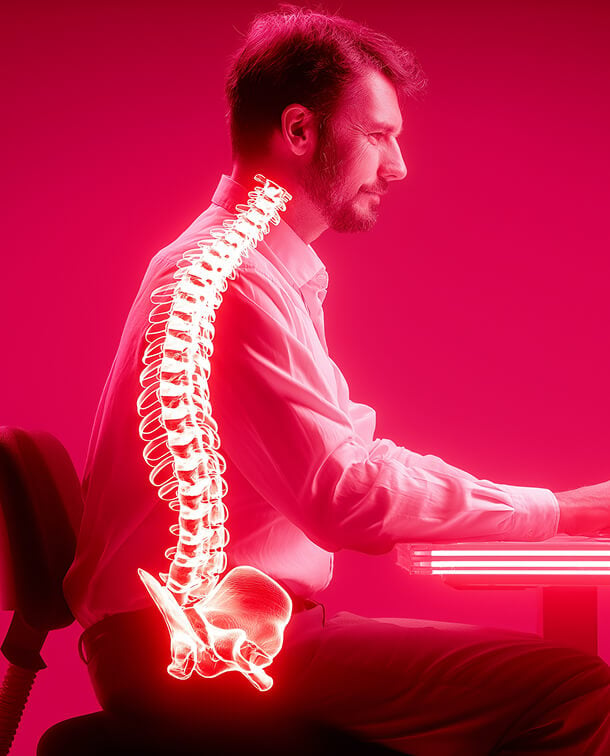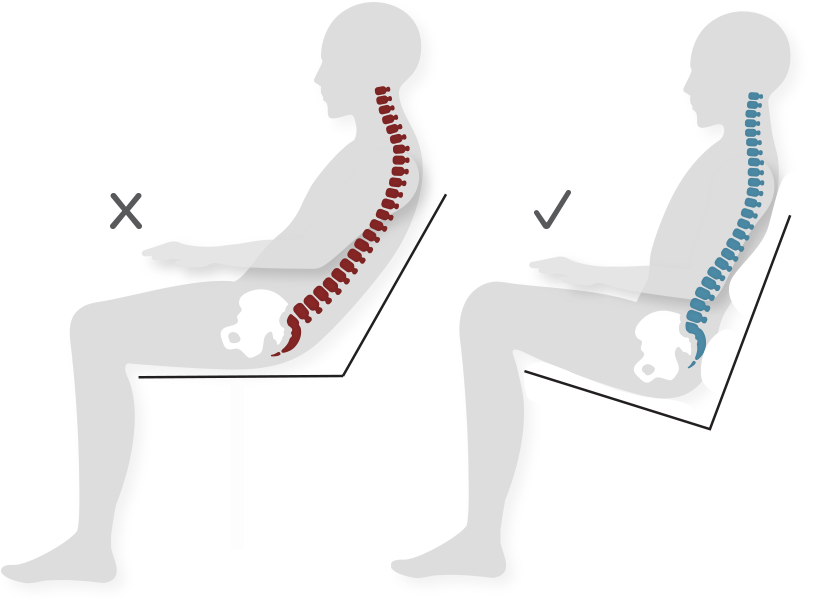Adding a cushion to your office or gaming chair might cause more problems than it solves. As a therapist and posture specialist, I understand the appeal of adding a cushion to your office or gaming chair. After all, who doesn’t want a little extra comfort when they’re spending hours sitting at a desk or gaming? But while it may feel good in the short term, adding a cushion can often do more harm than good.
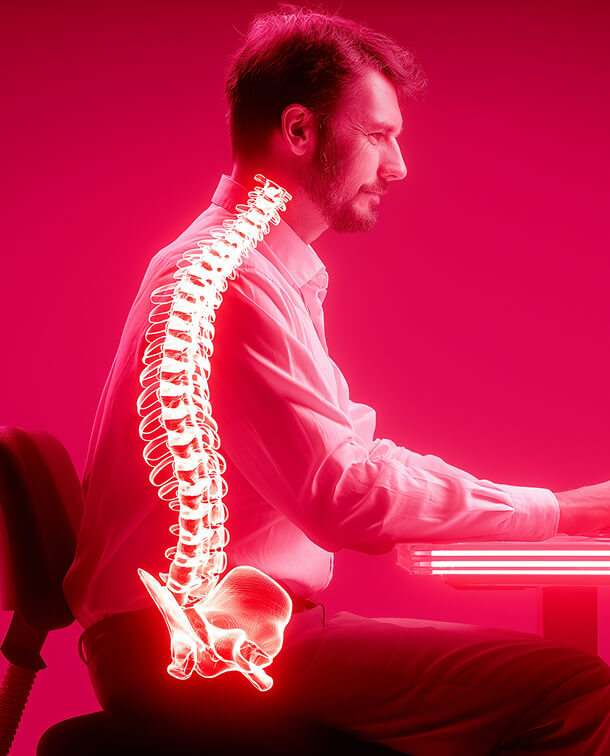
ANTHROS BLOG
June 24th, 2025
Posture and Testosterone
The Surprising Connection That Could Be Sapping Your Vitality
When you think about testosterone, posture probably isn’t the first thing that comes to mind.
Most people associate testosterone with strength, energy, and confidence—attributes often linked to exercise, diet, and sleep.
But what if I told you that the way you sit and stand could be quietly draining your testosterone levels?
Science suggests that poor posture doesn’t just affect your spine—it can impact your hormones, including testosterone.
Let’s explore how slouching, hunching, and other bad postural habits could be sabotaging your body’s ability to produce this essential hormone, and what you can do to fix it.

How Poor Posture Affects Testosterone
Testosterone plays a crucial role in muscle development, metabolism, mood, and even brain function. While it's commonly linked to masculinity, it’s vital for both men and women.
Unfortunately, our modern lifestyles—filled with hours of sitting, hunching over screens, and poor ergonomics—create a hidden enemy of testosterone: postural dysfunction.
Here’s how poor posture can wreck your hormonal balance:
1
Slouching Increases Cortisol, the Stress Hormone
When you slouch, your body enters a position often associated with stress and fatigue.
Research shows that bad posture can increase levels of cortisol, the stress hormone.
Elevated cortisol suppresses testosterone production, meaning that over time, poor posture could be leaving you more fatigued, anxious, and less energetic.
2
Less Power, Less Testosterone
Harvard research on "power poses" suggests that open, upright postures can increase testosterone levels by up to 20%, while closed, hunched postures can reduce it.
Slouching shrinks your body’s stance, signaling weakness to your brain, which may, in turn, lower your body’s testosterone output.
3
Restricted Breathing and Oxygen Flow
Good posture allows your diaphragm to expand fully, promoting optimal oxygen intake.
Poor posture, especially a forward head position and rounded shoulders, compresses the lungs and reduces oxygen flow.
Since testosterone production depends on adequate oxygen and blood circulation, poor posture can stifle this process.
4
Reduced Movement, Reduced Hormonal Stimulation
Good posture supports better movement.
If you're constantly slouching, you may be less likely to engage in physical activities that stimulate testosterone production, like resistance training and walking.
Worse, prolonged sitting can lead to pelvic misalignment, which may impair testicular function and lower hormone output.

1. Slouching Increases Cortisol, the Stress Hormone
When you slouch, your body enters a position often associated with stress and fatigue.
Research shows that bad posture can increase levels of cortisol, the stress hormone.
Elevated cortisol suppresses testosterone production, meaning that over time, poor posture could be leaving you more fatigued, anxious, and less energetic.
2. Less Power, Less Testosterone
Harvard research on "power poses" suggests that open, upright postures can increase testosterone levels by up to 20%, while closed, hunched postures can reduce it.
Slouching shrinks your body’s stance, signaling weakness to your brain, which may, in turn, lower your body’s testosterone output.
3. Restricted Breathing and Oxygen Flow
Good posture allows your diaphragm to expand fully, promoting optimal oxygen intake.
Poor posture, especially a forward head position and rounded shoulders, compresses the lungs and reduces oxygen flow.
Since testosterone production depends on adequate oxygen and blood circulation, poor posture can stifle this process.
4. Reduced Movement, Reduced Hormonal Stimulation
Good posture supports better movement.
If you're constantly slouching, you may be less likely to engage in physical activities that stimulate testosterone production, like resistance training and walking.
Worse, prolonged sitting can lead to pelvic misalignment, which may impair testicular function and lower hormone output.


✓ DECREASED ENERGY LEVELS
Fatigue creeps in, making even simple tasks feel exhausting.

✓ WEAKENED MUSCLES & POOR RECOVERY
Testosterone fuels muscle repair and growth. Low levels lead to weaker muscles and slower recovery.

✓ LOWER LIBIDO AND SEXUAL PERFORMANCE ISSUES
Testosterone is crucial for a healthy sex drive. Poor posture could be an unseen factor in declining sexual health.

✓ INCREASED FAT STORAGE
A drop in testosterone often leads to higher body fat, especially around the belly.

✓ DEPRESSION AND MOOD SWINGS
Low testosterone has been linked to increased anxiety and depression, and poor posture itself can negatively affect mental health.
How to Improve Your Posture and Boost Testosterone Naturally
Fix Your Sitting Posture
- Sit with a straight back, shoulders relaxed but not hunched.
- Keep your feet flat on the ground, knees at a 90-degree angle.
- If you work at a desk, consider an ergonomic chair like the Anthros Chair, designed to support a neutral spinal posture and prevent slouching.
Practice Power Poses
- Stand tall with your chest open for two minutes a day.
- Spread your arms slightly to take up more space.
- These small changes can signal confidence to your brain and naturally increase testosterone levels.
Move More
- Strength training, especially compound exercises like squats and deadlifts, can naturally boost testosterone.
- Break up long periods of sitting with standing and stretching every 30 minutes.
Improve Your Breathing
- Focus on diaphragmatic breathing (deep belly breaths).
- Try exercises like box breathing (inhale for 4 seconds, hold for 4, exhale for 4, hold for 4).
Sleep in the Right Position
- Avoid sleeping in a fetal position, which can restrict airflow.
- Try to sleep on your back with a neutral spine.
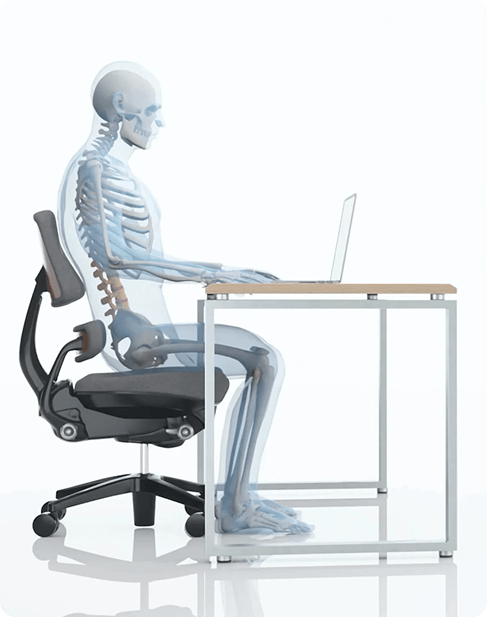
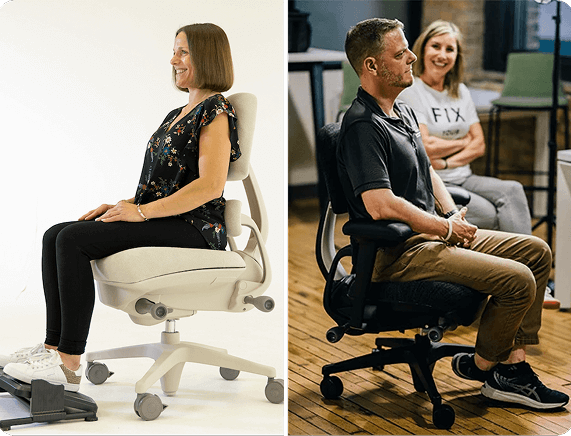
Final Thoughts: Fix Your Posture, Fix Your Hormones
Your posture isn’t just about looking good—it’s about feeling good and performing at your best.
By making small adjustments to how you sit, stand, and move, you can optimize your testosterone levels, boost energy, and enhance overall well-being.
So, if you’ve been feeling sluggish, weaker, or just not as sharp as you used to be, don’t ignore your posture.
Straighten up, take control, and start reaping the hormonal benefits today.
Disclaimer: This blog is for informational purposes only and should not be used as a substitute for professional medical advice. Always consult with a healthcare provider for any concerns or symptoms you may be experiencing.
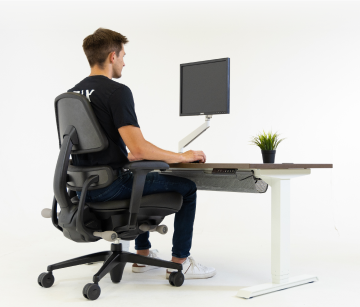
Recent Post
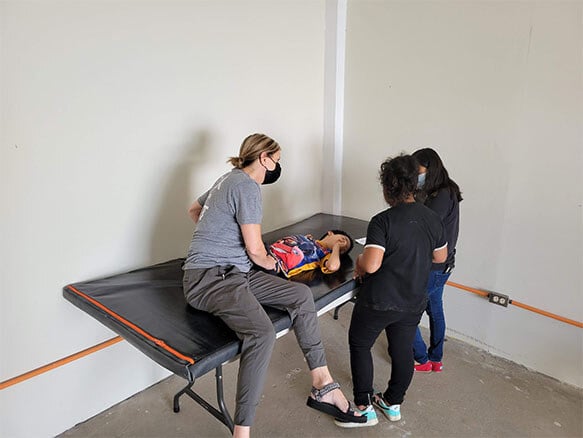
Four Lessons About Seating Everyone Can Learn from Wheelchair Users
September 18, 2025Working with wheelchair users has been an...

People Over Profits: Why Anthros Puts Comfort and Care First
September 17, 2025At Anthros, our mission is simple: to put people...





